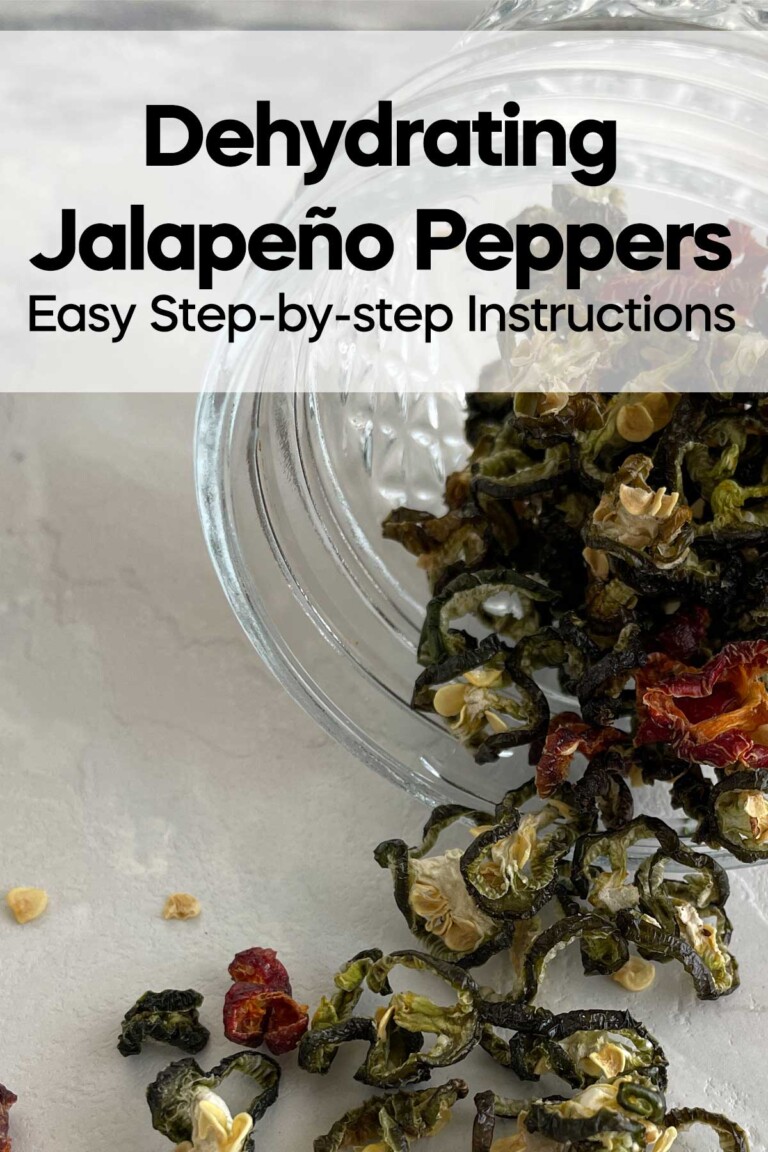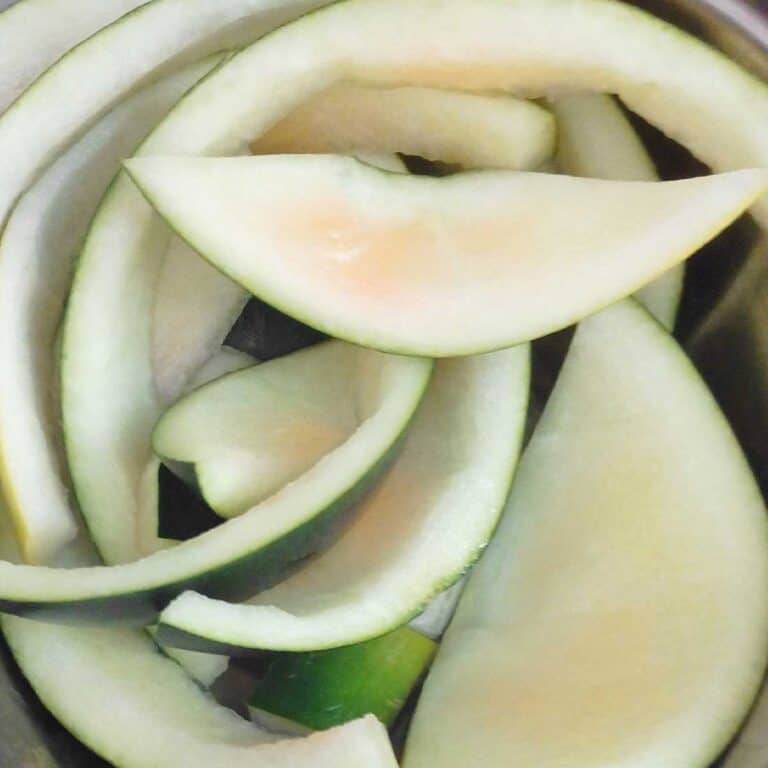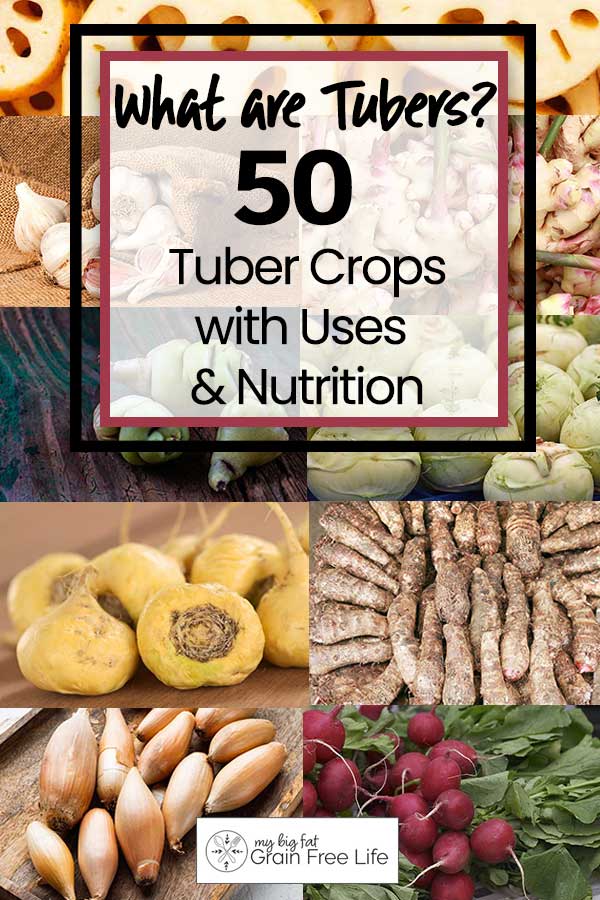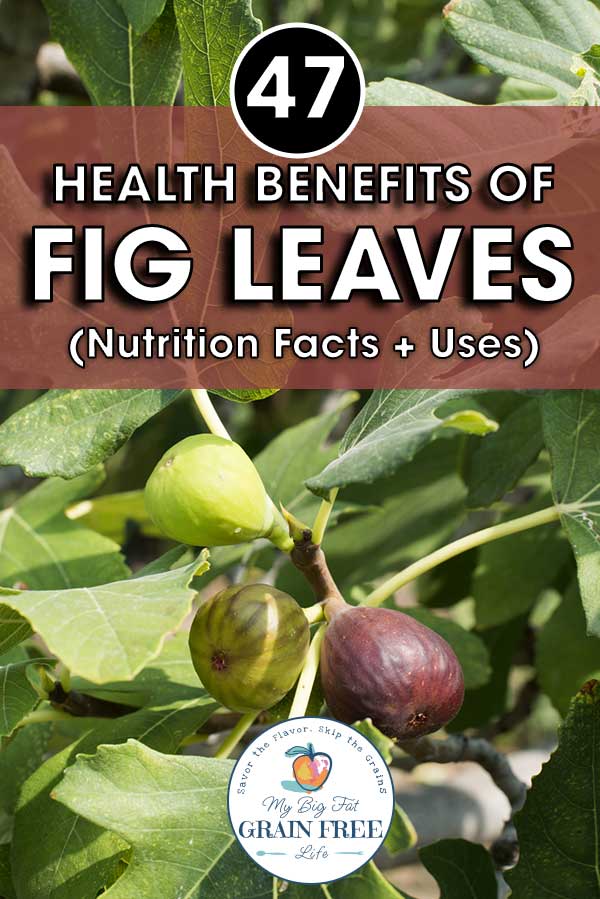Pineberries: The White Strawberry You Need to Try
This post may contain affiliate links. If you make purchase after clicking a link, I may receive a commission at no extra cost to you.
Last Updated on February 12, 2024
Are you curious to discover a fruit that looks like a strawberry but tastes like a pineapple? If so, let me introduce you to pineberries! Let’s explore the world of pineberries, taking a look at their origins, nutritional benefits, and ways to enjoy them.

Pineberries
Have you ever come across white strawberries at your local grocery store? They’re quite a sight, aren’t they? I used to wonder if they were simply unripe strawberries, and I must admit, they intimidated me a bit.
But guess what? These little gems are not just underripe strawberries. They are actually bursts of pineapple-flavored berries! Once I discovered their delightful taste, I was completely sold on them.
What are Pineberries?
The pineberry is a unique fruit that is a hybrid cross between Fragaria chiloensis and Fragaria virginiana. It’s smaller than a regular strawberry and when it’s fully ripe, it has a beautiful white color with red seeds called achenes.
Not only is the pineberry disease-resistant, but it’s also highly sought after. However, despite its popularity, it’s not very profitable for farmers due to small-scale farming, the small size of the berries, and low yields.
Pineberries are typically harvested in the spring and summer months. Although they were first identified in South America around 2002, they are now cultivated in Belgium and exported from the Netherlands.

Pineberry Taste and Appearance
Pineberries have a delicate, sweet-tart flavor with subtle hints of pineapple. Their appearance is quite different from traditional red strawberries.
Pineberries are small, round fruits with white flesh and red seeds. The outer skin of pineberries has a pale pink blush, giving them an attractive and distinctive look.
Why are Pineberries White?
The white color of pineberries comes from the combination of two strawberry species: Fragaria chiloensis, native to South America, and Fragaria virginiana, native to North America. This crossbreeding results in the unique appearance and flavor profile of pineberries.
Other Unique Fruits You Might Be Interested In:
- Snake Fruit
- Yellow Watermelon
- Quince Fruit
- Calamansi
- Yuzu Fruit
- Clementine vs Mandarin vs Tangerine
- White Apples
- Rambutan
- Red Bananas
- Sapote
Health Benefits of Pineberries
Like traditional red strawberries, pineberries offer several health benefits and are consisdered a superfood. They are rich in vitamins C and K, antioxidants, and dietary fiber. Take a look at the impressive ways pineberries can benefit your health:
Antioxidant-rich
Pineberries are packed with antioxidants that help protect the body against free radicals, reducing the risk of chronic diseases like heart disease and cancer.
Boosts Immunity
The high vitamin C content in pineberries strengthens the immune system, helping to ward off common illnesses and infections.
Anti-inflammatory Properties
Pineberries contain anti-inflammatory compounds that can help reduce inflammation in the body, relieving symptoms of conditions like arthritis.
Supports Digestion
The fiber content in pineberries promotes healthy digestion by regulating bowel movements and preventing constipation.
Promotes Healthy Skin
The vitamins and antioxidants in pineberries nourish the skin from within, promoting a clear and youthful complexion.
Supports Eye Health
Pineberries are rich in vitamin A, which is essential for good vision and maintaining overall eye health.
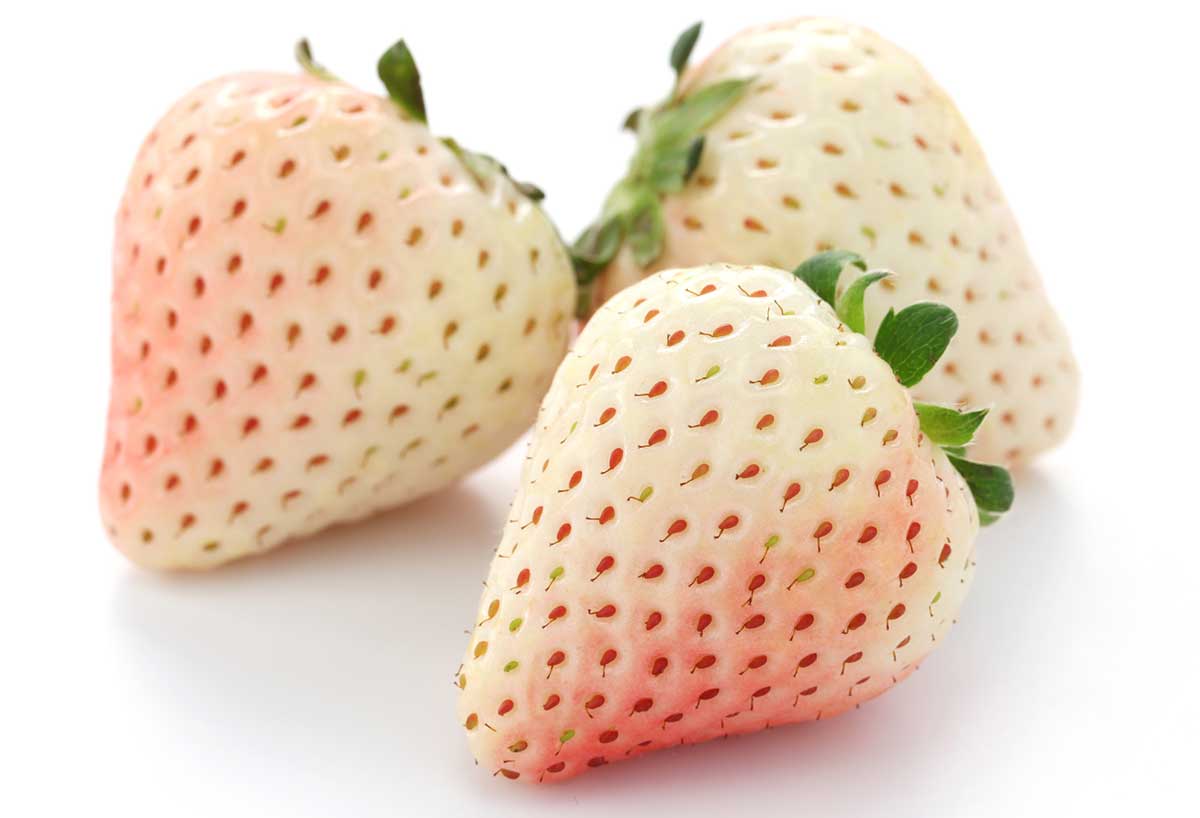
May Aid Weight Management
With their low calorie and high fiber content, pineberries can be a good addition to a weight loss or weight management plan.
Regulates Blood Sugar Levels
The low glycemic index of pineberries means they have a minimal impact on blood sugar levels, making them suitable for people with diabetes or those looking to stabilize their blood sugar.
Supports Heart Health
The antioxidants and anti-inflammatory properties of pineberries contribute to cardiovascular health by reducing the risk of heart disease and improving cholesterol levels.
Enhances Brain Function
The antioxidants in pineberries help protect brain cells from damage caused by oxidative stress, potentially improving memory and cognitive function.
May Reduce Cancer Risk
The antioxidants found in pineberries may have anti-cancer properties, helping to prevent certain types of cancers.
Improves Nutrient Absorption
Pineberries contain enzymes that aid in the breakdown of food, enhancing nutrient absorption and ensuring optimal nutrition.
Promotes Healthy Aging
The antioxidants in pineberries help combat the effects of aging by reducing oxidative stress and protecting against age-related diseases.
Supports a Healthy Pregnancy
The folate content in pineberries is beneficial for pregnant women as it helps prevent neural tube defects and supports the development of the baby’s brain and spinal cord.

Pineberries Vs Strawberries
While both pineberries and red strawberries belong to the same genus Fragaria, they differ in taste and appearance.
Pineberries have a tropical flavor reminiscent of pineapple (some call it a pineapple strawberry) while red strawberries have their characteristic sweet taste. Additionally, pineberries have a white color with red seeds while traditional strawberries are bright red throughout.
Other Types of White Strawberries
Apart from pineberries, there are other varieties of white strawberries available as well. Each variety has its own unique characteristics in terms of taste, texture, and size.
White Diamante
This variety of white strawberry has a creamy white color and a sweet flavor with hints of pineapple.
White Delight
Known for its large size, the White Delight strawberry has a pale ivory color and a juicy, slightly tart taste.
Snow White
Snow White strawberries have a pure white color and a delicate sweetness that is reminiscent of vanilla.
Creamsicle
This white strawberry variety gets its name from its creamy texture and citrus-like flavor, making it reminiscent of the classic ice cream treat.
White Dream
The White Dream strawberry is known for its exceptional sweetness and mild acidity, making it perfect for desserts or snacking.
Vanilla Ice
As the name suggests, Vanilla Ice strawberries have a subtle vanilla flavor that pairs well with their creamy white appearance.
White Jewel
These small-sized strawberries have a sweet taste and are often used in gourmet desserts due to their elegant appearance.
Marshmallow
Marshmallow strawberries have a soft texture and a delicate flavor that resembles the popular fluffy treat.
Moon Drops
This variety of white strawberry has an elongated shape resembling drops of moonlight and offers a crisp texture with a mildly sweet taste.
Frostbite
Frostbite strawberries have an icy-white color with pink undertones, offering a refreshing flavor profile with hints of mint and citrus.
Alba
Alba strawberries are pale yellowish-white in color, offering a subtle sweetness that is balanced by hints of tartness.
White Rose
These strawberries feature beautiful rose-shaped petals with a creamy white hue and offer a floral aroma along with their subtly sweet taste.
Snowflake
Snowflake strawberries are small and delicate, with a snow-white color and a sweet yet tangy flavor.
White Gold
This variety of white strawberry has a golden hue and a rich, honey-like taste that is highly aromatic.
Angel Kiss
With its pale white color and luscious sweetness, the Angel Kiss strawberry is often regarded as one of the sweetest varieties available.
Cotton Candy
Named after its cotton candy-like flavor, this white strawberry variety offers a unique blend of sweetness and hints of bubblegum.
Milky Way
Milky Way strawberries have a creamy-white appearance with a tender texture and a flavor profile that combines sweetness with subtle notes of cream.
Pearl Blanc
Pearl Blanc strawberries have a pearly white flesh and offer a juicy texture along with their mildly sweet flavor.
Ivory Queen
Known for its large size and ivory-colored flesh, the Ivory Queen strawberry has a sweet taste with tropical undertones.
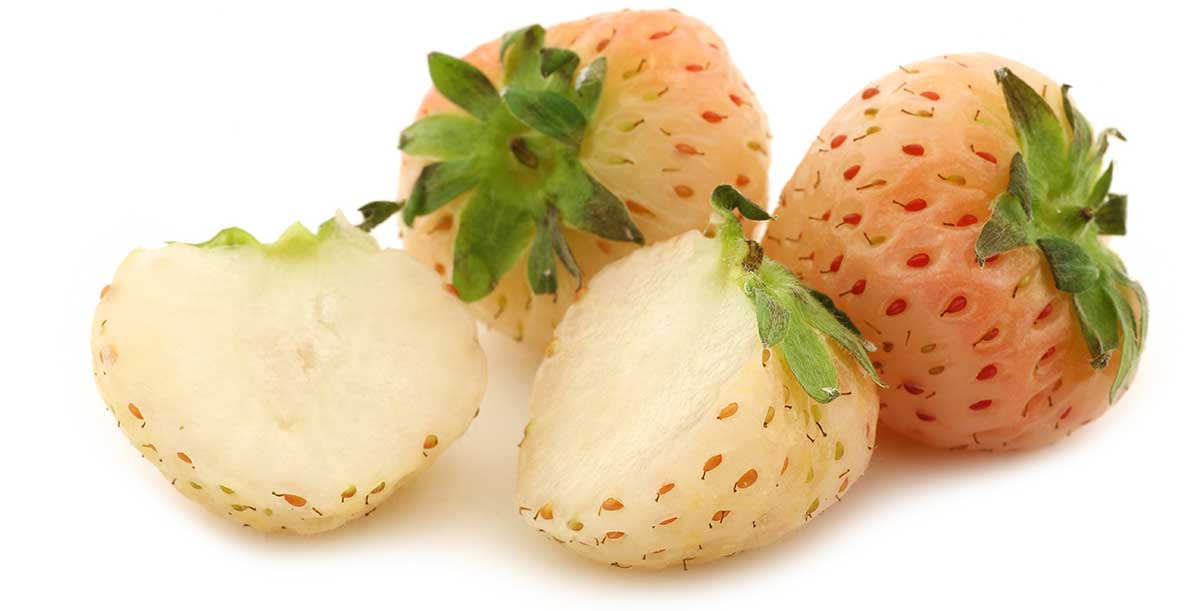
When are Pineberries in Season?
The best time to find fresh pineberry fruit is during the summer months when they reach their peak seasonality. However, availability may vary depending on your location and local growing conditions.
Where to Find Pineberries
Pineberries are not commonly found in regular grocery stores. However, you may be able to find them at specialty food stores, farmer’s markets, or through online retailers that specialize in unique and rare fruits.
How to Store Pineberries
To keep pineberries fresh, store them in the refrigerator. Place them in a breathable container lined with paper towels to absorb excess moisture.
Ways to Use Pineberries
- Eat them fresh: Simply wash the pineberries and enjoy them as a refreshing snack.
- Add them to salads: Slice or halve the pineberries and toss them into your favorite salad with a sweet and tangy vinaigrette.
- Make a smoothie: Blend pineberries with your choice of fruits, yogurt, and a plant-based milk for a delicious and nutritious smoothie.
- Bake them into desserts: Use pineberries in pies, tarts, cakes, or muffins for a unique twist on classic recipes.
- Create fruit kebabs: Skewer pineberries with other fruits like strawberries, grapes, or melon for a healthy snack option.
- Mocktail Garnish: Jazz up your summer mocktails with a garnish of a white strawberry to add some visual appeal.
- Mix them into yogurt: Add sliced pineberries to plain or coconut yogurt for added sweetness and texture.
- Make a salsa: Combine diced pineberries with other fruit, onions, cilantro, lime juice, and spices to create a refreshing salsa.
- Freeze them as popsicles: Blend pineberries with a natural sweetener and freeze the mixture in popsicle molds for a delicious frozen treat.
- Infuse them in water: Add sliced pineberries to water along with some mint leaves or citrus slices for a refreshing infused water option.
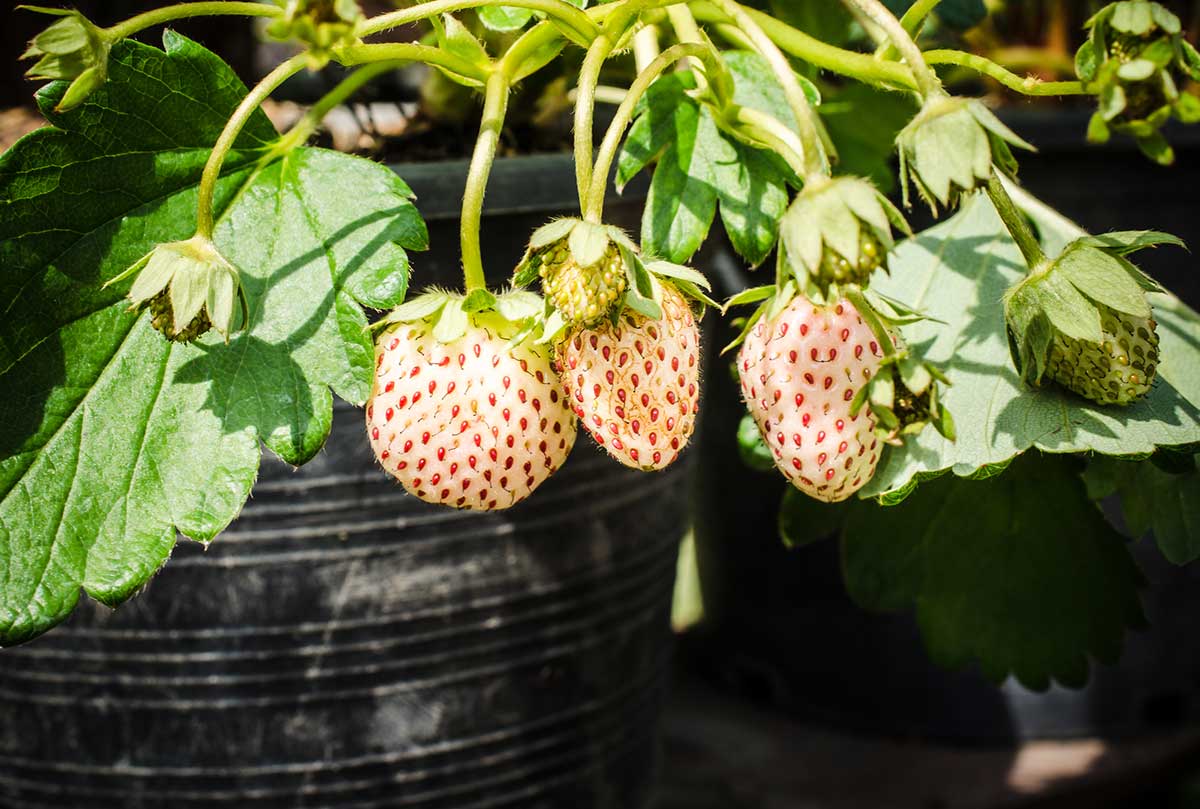
Growing Pineberries
If you’re interested in growing your own pineberries, you can purchase pineberry plants from specialized nurseries or online retailers that offer fruit plants.
They require similar care as traditional strawberries and thrive in sunny locations with well-draining soil.
Where Can You Buy Pineberry Plants?
You can buy pineberry plants from specialized nurseries or online retailers that offer fruit plants. Make sure to choose reputable sources that provide healthy and disease-free plants.
Where Can You Buy Pineberry Seeds?
Unlike traditional strawberries, pineberries do not produce viable seeds for commercial production. Therefore, it is recommended to purchase established pineberry plants rather than seeds for successful cultivation.
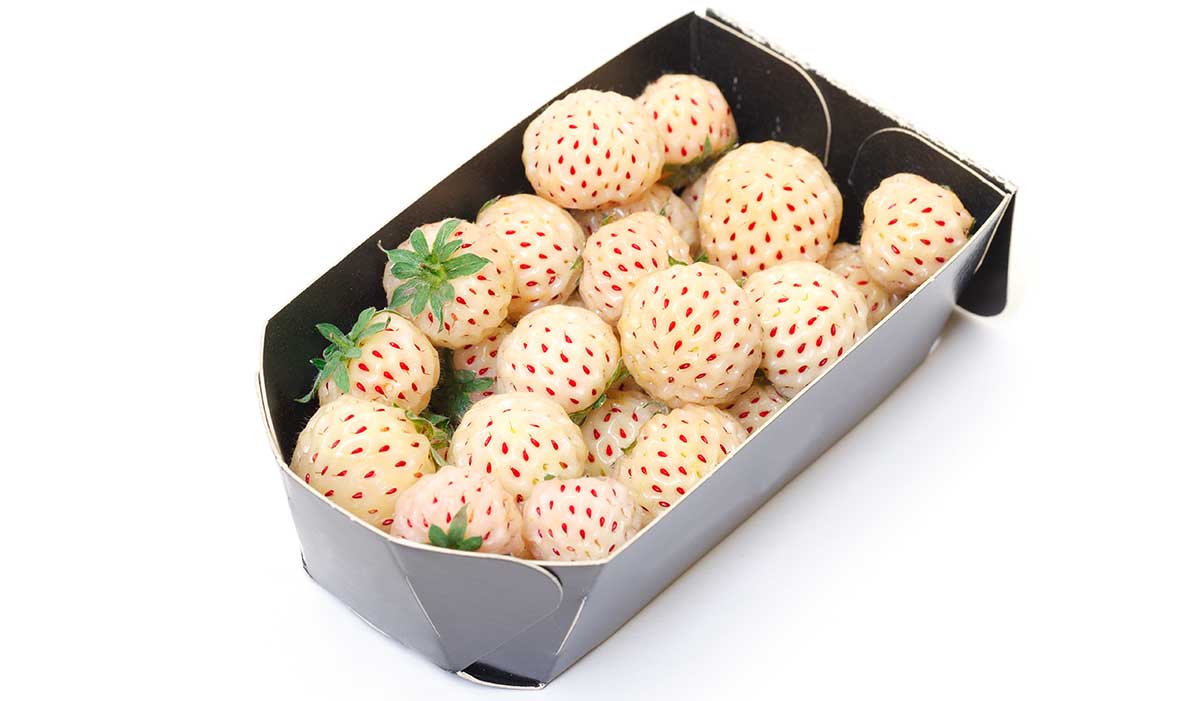
More Questions About Pineberries
Still wondering some things about pineberries? Here are some commonly asked questions.
Are Pineberries GMO?
No, pineberries are not genetically modified organisms (GMOs). They are a naturally occurring hybrid of two species of strawberries.
What do pineberries taste like?
Pineberries have a delicate sweet-tart flavor with subtle hints of pineapple. The combination of their tropical taste and unique appearance makes them a delightful treat for strawberry enthusiasts.
What’s the difference between strawberries and pineberries?
The main difference between strawberries and pineberries lies in their taste and appearance. Strawberries have a sweet flavor, while pineberries have a tropical flavor with hints of pineapple. Additionally, strawberries are bright red throughout, whereas pineberries have a white color with red seeds.
Are pineberries just unripe strawberries?
No, pineberries are not unripe strawberries. They are a distinct variety that has been selectively bred to have their unique white color and pineapple-like flavor. Pineberries are fully ripe when they reach their characteristic white color.
Are pineberries healthier than strawberries?
In terms of nutritional value, both pineberries and traditional strawberries offer similar health benefits. They are both rich in vitamins, antioxidants, and fiber. The choice between the two depends on personal preference for taste and appearance.
Can you eat pineberries raw?
Yes, you can eat a pineberry raw. They are delicious when eaten fresh as a snack or incorporated into various recipes like salads, desserts, or smoothies.
Do pineberries actually taste like pineapple?
Yes, pineberries do have a taste reminiscent of pineapple. Their unique flavor profile sets them apart from traditional red strawberries and adds a tropical twist to dishes.
Why are pineberries so expensive?
The pineberry is rare compared to traditional red strawberries. Their limited availability and unique characteristics contribute to their higher price compared to more common fruits.
Should pineberries be refrigerated?
Yes, it is recommended to refrigerate these berries to maintain their freshness and extend their shelf life. Store them in a breathable container lined with paper towels to absorb excess moisture.
Sources
- https://www.missouribotanicalgarden.org/PlantFinder/PlantFinderDetails.aspx?taxonid=358497&isprofile=0&
- https://www.freshfruitportal.com/news/2016/03/31/pineberry-breeder-introduces-white-strawberries-with-pineapple-punch
- https://www.ncbi.nlm.nih.gov/pmc/articles/PMC9388159
- https://www.thepharmajournal.com/archives/2023/vol12issue7/PartP/12-7-69-759.pdf
- https://blog.matteoferla.com/2019/05/the-secondary-metabolism-of-pineberry.html
- https://pubmed.ncbi.nlm.nih.gov/15077879
- https://strawberryplants.org/strawberry-varieties


